Remember when influencer marketing was a hot new trend?
Those days are long gone. Today, it’s become integral to many brands’ marketing strategies — and it’s only getting more popular.
Google Trends data shows that search interest around influencer marketing has increased fourfold in the past five years:
It’s no surprise that Influencer Marketing Hub research revealed more than three-quarters of brands planned to spend their budget on influencer marketing in 2022, with two-thirds of marketers intending to increase spending on influencers.
If you’re planning to plunge into the influencer marketing pool for the first time, you’ll need to perform an influencer search.
This article will explain how to do it, why it’s important, and how to ensure an influencer will be a good fit for your brand.
Why It’s Important to Find Influencers That Complement Your Brand
Most influencers aren’t short on job offers.
According to HypeAuditor, 30% receive more than seven brand collaboration proposals monthly, while 87% get at least one offer monthly.
Unfortunately, one in three influencers says the vast majority of partnership messages they receive from brands feel untailored and impersonal.
Why does this matter?
As Kami Gray, an interior design influencer with 123,000 Instagram followers, told HypeAuditor:
“I can help brands reach my audience authentically and turn that engagement into new relationships, fans, followers, and customers — but it has to resonate with my audience, and I know them best.”
In short, if you find influencers who complement your product and align with the potential customers you’re trying to reach, you’ll see much more success.
Not only that but there’s a much better chance those influencers will want to work with you.
But that’s not going to happen if you cast the net as wide as possible rather than choosing influencers who are a great fit for your brand.
5 Steps to Vet If an Influencer Is Right for Your Brand
Okay, so finding influencers who complement your brand is essential.
Here’s how to vet influencers to make sure they’re the right fit:
1. Dig Into the Metrics
When it comes to finding influencers, it’s easy to get obsessed with follower counts.
But that top-line number doesn’t mean much if their engagement is terrible.
While figures vary from platform to platform, most social media marketers agree that an engagement rate of 1% – 5% is pretty decent.
Less than that, and it’s a good sign that their content isn’t cutting through or that they have many fake followers.
While engagement rates aren’t publicly available, there are various tools that crunch the numbers for you (more on that in the next section).
But influencer marketing metrics aren’t just about engagement rates.
If you’re looking to partner with a blogger, you’ll also want to consider how many people visit their site in an average month and how many views they get per article.
2. Check Who’s Engaging
Metrics are a useful guide, but they don’t tell you the whole story.
Dig deeper than engagement rates by looking at who’s commenting on each post.
Do they look like real people or bots? Do the comments make sense, or are they just a bunch of automated nonsense?
If all their engagements are spammy, they’re not the right influencer for you.
3. Run Quality Control
When you partner with an influencer, they’re representing your brand.
So you need to be sure their content is up to scratch.
Do they post engaging captions? Are those captions well-written or riddled with typos? And are their visuals up to scratch?
Essentially: would you be happy to have this person speaking on behalf of your brand?
4. See Who They Work With (& How They Promote Sponsors)
You probably don’t want to partner with influencers who work with your competitors because it could seem inauthentic.
Beyond that, pay attention to how they promote their partner brands.
If a high proportion (say, one in five) of their posts are brand collaborations, you’ll risk getting lost in the noise.
And make sure their sponsored posts do an excellent job of showcasing the brand in question. Is the product front and center? Do they effectively demonstrate the features and benefits?
5. Compare Costs
Hopefully, having been through the previous steps, you’ll be left with a shortlist of potential influencers.
Now it’s time to compare their rates and what you get for your investment.
Don’t be afraid to negotiate with influencers to build a package of deliverables that meets your requirements while offering value for both parties.
3 Best Influencer Search & Discovery Tools
Okay, so you know how to assess whether an influencer is a good fit.
But how do you find them in the first place?
These influencer marketing tools will help you identify potential partners for your next collaboration.
1. Upfluence
Upfluence’s influencer search tools help you track down potential collaborators from a variety of sources, including:
- Your customer base or point of sale system
- Your website visitors
- Its own database of influencers
As with most influencer marketing tools, you’ll need to pay for Upfluence’s most advanced functionality (and it doesn’t publish prices, so you’ll have to contact them to learn more).
However, if you have little (or no) budget for tools and are happy to do a bit of legwork yourself, it also offers a free Chrome extension that lets you identify a range of influencer profile analytics, such as:
- Total reach
- Average likes
- Post engagement rate
- Audience demographics
- Average views
Found a potential match? The plugin lets you reach out to influencers from within your browser.
2. HypeAuditor
HypeAuditor has a database of more than 50 million influencer profiles across Instagram, TikTok, and YouTube.
You’re free to cut and slice that database as you see fit. For instance, you can search for:
- Accounts that mention your brand
- Content creators with specific audience demographics (e.g., age, location, interests)
- Influencers within a particular content or industry niche
- Accounts with high growth rates
Again, you’ll need to pay for full access to HypeAuditor, but it also offers a free plan and a bunch of free tools for things like:
- Calculating Instagram engagement
- Analyzing audience quality and engagement authenticity
- Identifying high-quality TikTok accounts
3. Storyclash
Storyclash aims to help brands move beyond using basic demographic information to find influencers.
Instead, it offers multiple influencer search options based on things like follower growth, audience similarity, and brand affinity.
It also has a content-based search function and allows searchers to filter by country, language, and follower range.
Storyclash isn’t particularly cheap, with prices starting at €299 per month, per country for an annual contract.
But it also offers many free resources, such as a free Instagram influencer search tool.
3 Strategies to Find Influencers Manually
Don’t have the budget for paid influencer marketing tools?
Are you not generating the results you need from the free tools we highlighted in the previous section?
If you don’t mind getting your hands dirty, it’s perfectly possible to find influencers manually.
Here are three ways to do it:
1. Search for Bloggers On FeedSpot
Feedspot isn’t technically an influencer search tool (hence we didn’t mention it in the previous section).
Instead, it’s a content reader that helps users keep up with all their favorite content from a single platform, rather than visiting several individual websites.
How can it help you find influencers for your brand?
Well, if you’re searching for bloggers in a specific niche, simply enter that niche in its search tool, and it’ll bring up the top blogs in that category, along with details about their social followings and the volume of blogs they publish:
Then it’s simply a case of visiting those blogs, vetting the creators, and reaching out to those who are the best fit for your brand.
2. Look for Relevant Hashtags
Every social media platform allows you to search for content by hashtag.
So if you look for hashtags relevant to your brand, industry, audience, and product, you can potentially identify many influencers who’d be a great fit for your next campaign.
But how do you find relevant hashtags in the first place?
To an extent, it’s a case of trial and error — brainstorm the type of stuff people might be posting about, search for it, and see what you find.
If you want to be a little more sophisticated, Hashtagify offers a free Twitter hashtag search tool.
As well as showing you the popularity of individual hashtags over time, it highlights related hashtags, which can help you broaden your search:
This free tool only shows you Twitter hashtags.
But it’s a safe bet that many of those terms will be popular on other platforms too.
3. Find People Who Talk About Your Brand
What’s the biggest reason for influencers to agree to brand collaborations?
If you said “money” or “free stuff”, you’re wrong.
According to Hivency, influencers say their top motivator is to work with brands they like.
So it makes sense to seek out influencers already talking about your brand and product.
The best way to do that manually is through social media platforms’ search functionality.
Each platform has a search tool, and while they all work slightly differently, they all do the same thing.
For instance, here’s a search on Twitter Explore for people talking about the bedding brand Brooklinen:
Trawl through the results, and hopefully, you’ll turn up a bunch of potential influencers who’d love to partner with you and promote your brand.
Want to take your social media strategy to the next level? Sign up for our next social media strategy conference!
Here are some similar articles you might enjoy:
- 10 Most Effective Ways to Negotiate with Influencers
- How To Get Started with TikTok Ads
- 5 KPIs to Measure Your Influencer Marketing Program

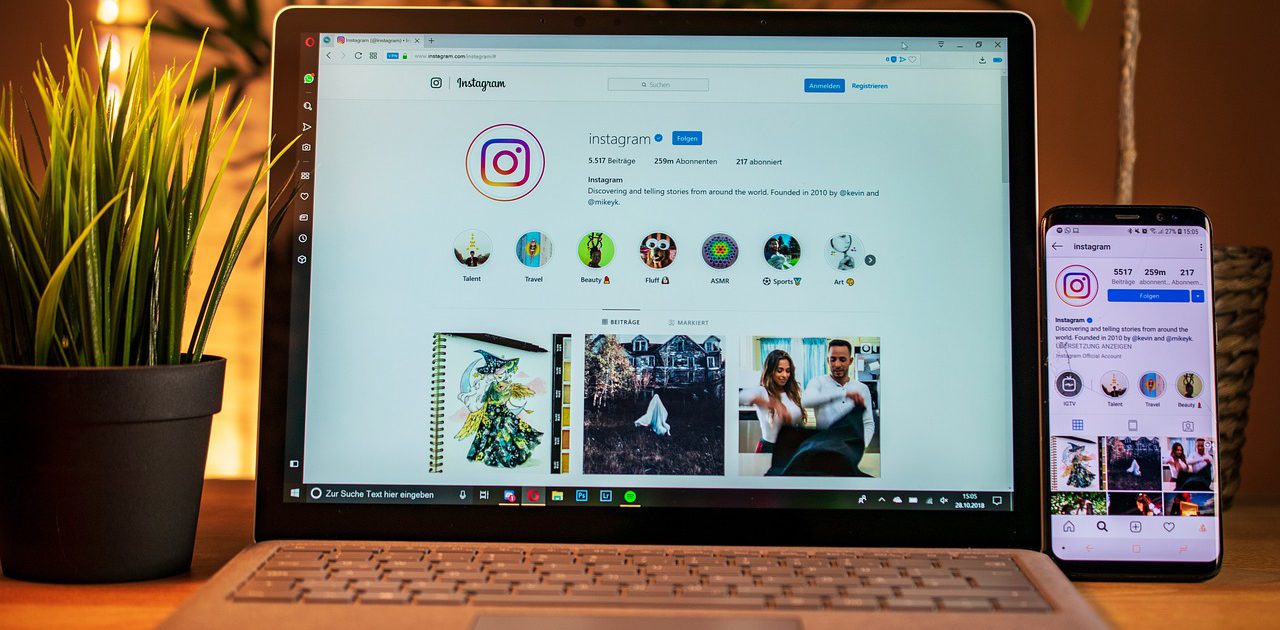
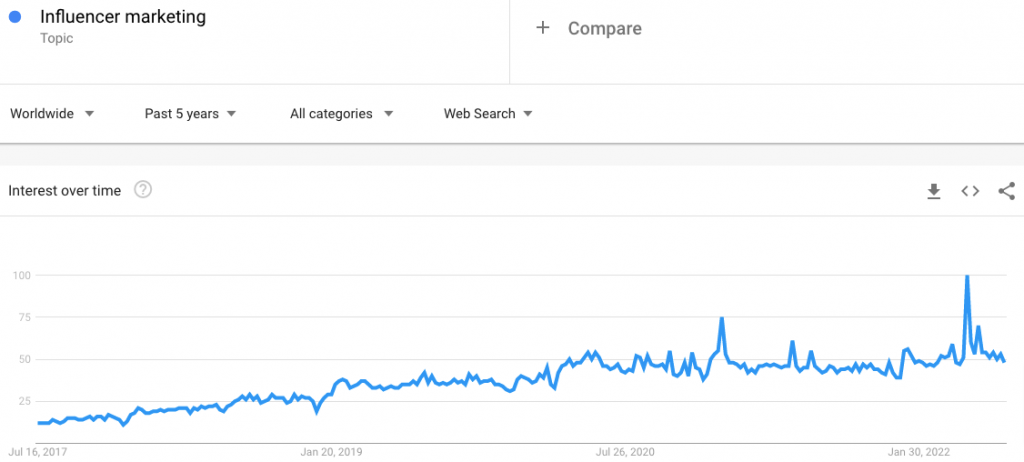
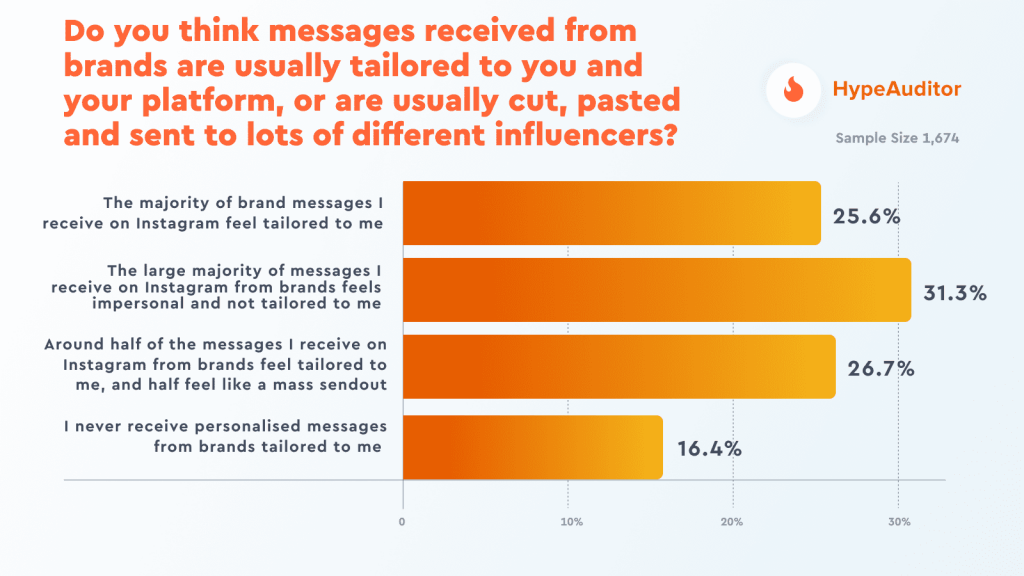 Image source
Image source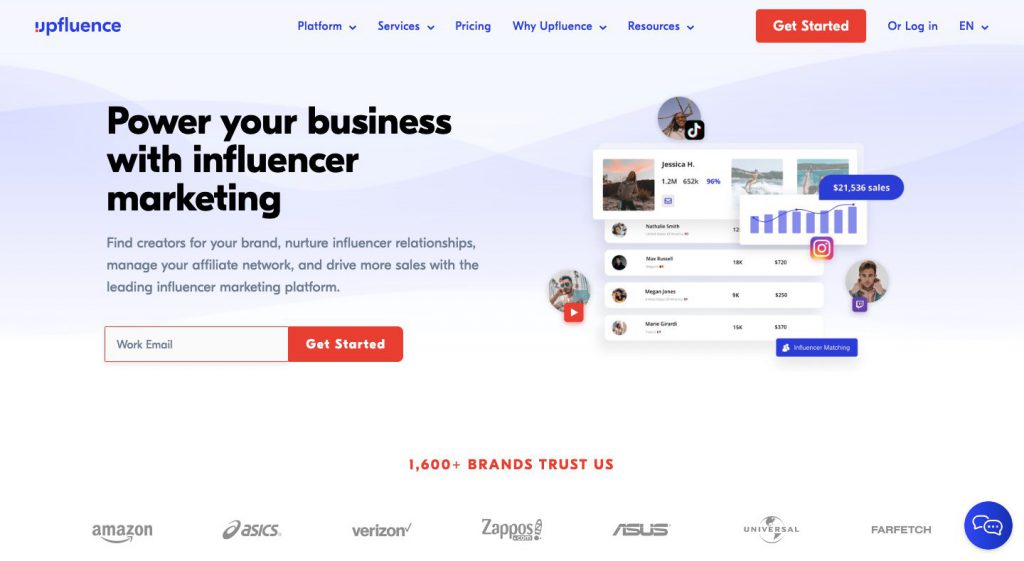 Image source
Image source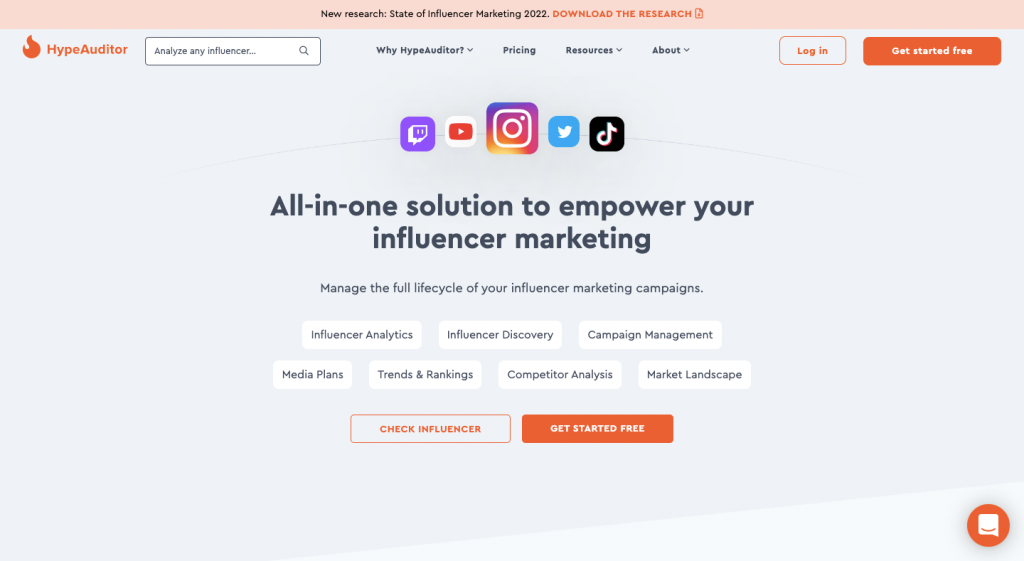 Image source
Image source Image source
Image source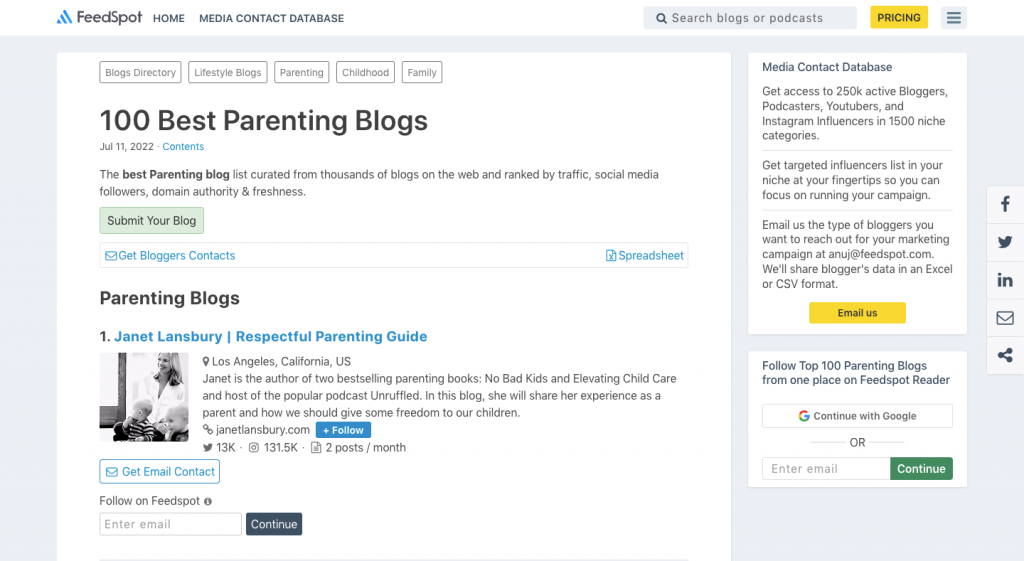 Image source
Image source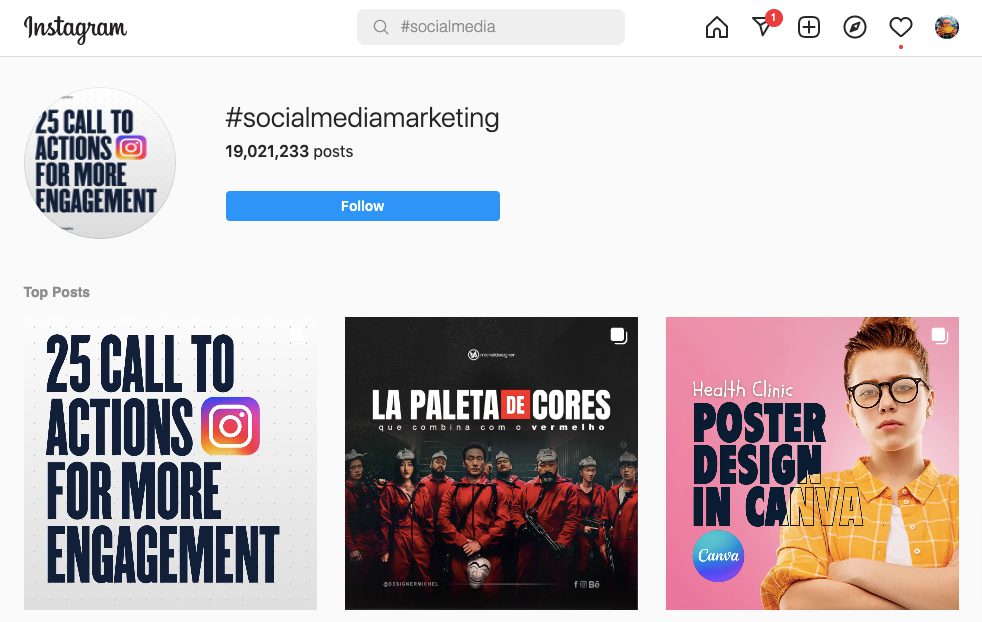 Image source
Image source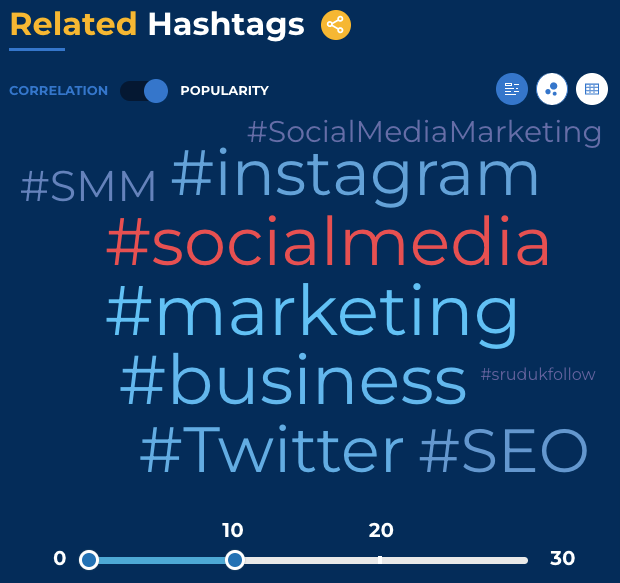 Image source
Image source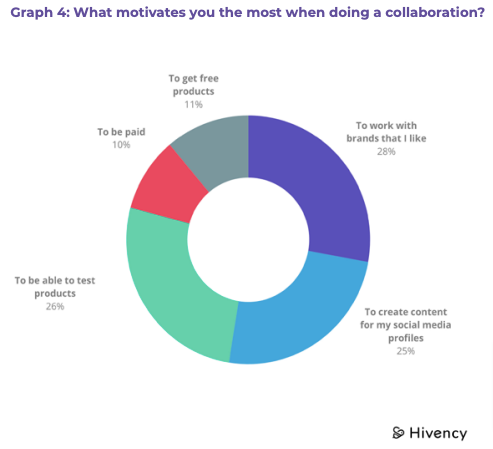 Image source
Image source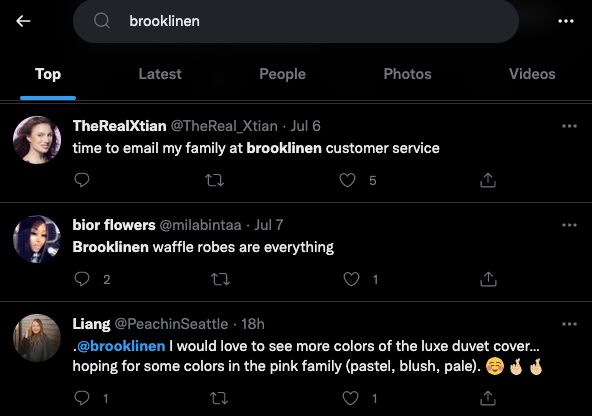 Image source
Image source






